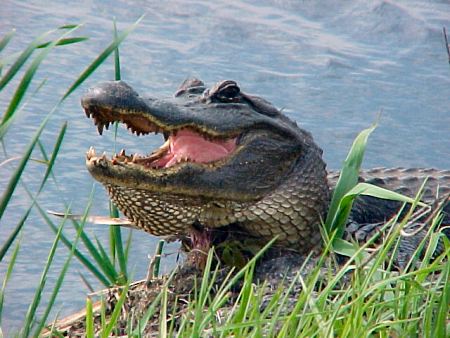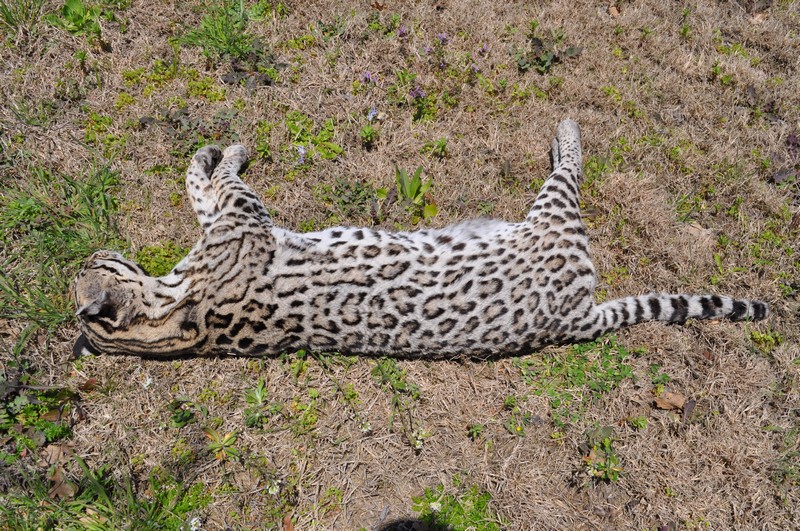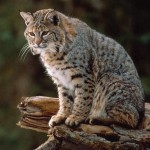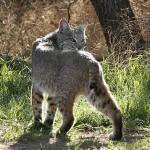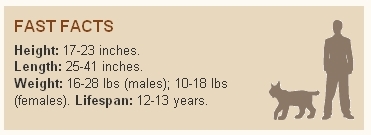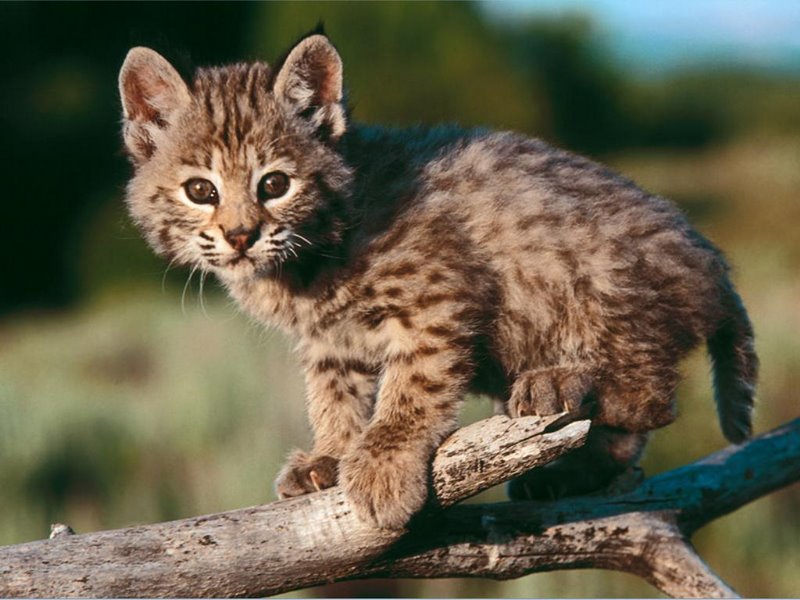Coyotes (Canis latrans) can be found across Texas, the US and the North American continent. Because coyotes are such versatile animals with diverse diets, high reproductive potential, and the ability to adapt to changing habitats – they continue to inhabit new areas. Since the range of the coyote is so great and transcends ecoregions, their diet reflects a variance from vegetarianism to dependence on big game species depending upon what is available. Most determinations about the diet of coyotes are, and should be viewed as, site-specific rather than regional. It’s more about what’s abundant within a coyote’s home range than what they most like to eat.
Coyotes are generally accepted as opportunistic feeders or generalists; however, some believe that coyotes are highly selective predators. Even though coyotes are archetypal generalists, some individuals may specialize on particular prey. The theory of optimal foraging states that the predator selects certain prey because the amount of energy gained from that particular prey is greater than the amount of energy expended during its capture.
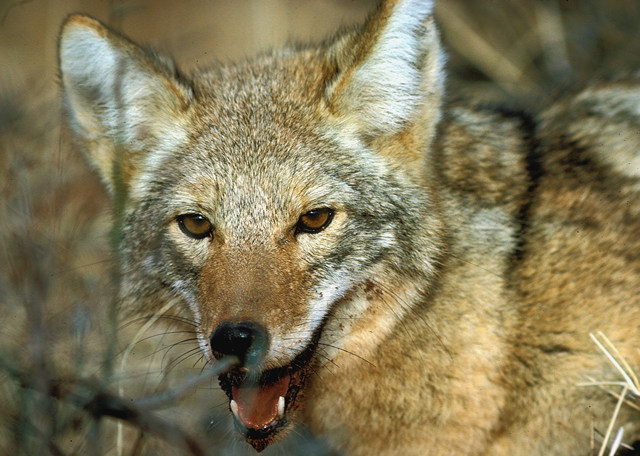
A pair of coyotes can be energetically sustained for two days on a single lamb, but it would take approximately 10 jackrabbits, or 20 ground squirrels to do the same. This means that from an energy conservation standpoint, it would be more advantageous for coyotes to specialize in the predation of lambs rather than small mammals. Another reason for prey specialization may be that a coyote, during a stressful period, turns to a certain available prey species, subsequently develops a taste for that animal and continues to prey upon it. This is often the case when a coyote specializes in the predation of livestock.
Coyotes have the ability to assess and select the most profitable food items within a wide variety of prey. Some foods are selected for more than others during certain seasons. This is more likely due to food availability of these particular items during these seasons. The frequency of predation upon big game animals during late winter months and into the spring can be directly connected to the breeding season of the coyote. Because coyotes are in larger groups at this time, it is easier for them to take down larger prey. Ungulates such as white-tailed deer will hide their fawns while for-aging, leaving them helpless against a coyote looking for a meal to take to her pups.
In July of 2014, The TPWD Kerr Wildlife Management Area (WMA), in conjunction with The University of Texas – San Antonio (UTSA), initiated a study on the dietary habits of coyotes in the Texas Hill Country. In this study, coyote scat found throughout the WMA will be collected and processed to identify all food items in each sample. At the same time, baseline food availability surveys will be conducted seasonally across the entire WMA.
After all scat samples are processed and the amount of each food item found has been quantified, each food item will be compared to the results of the availability surveys. The results of the fecal analyses when compared to the baseline food availability surveys should allow the determination of whether coyotes are behaving as generalists, or opportunistic foragers specific to the Kerr WMA.
To become better wildlife managers, we must realize the importance of holistic ecosystem management and shy away from a single species approach. Coyotes are an important component to the ecosystem of Texas. As with the management of any species, the more knowledge we gain about coyotes, the better we understand their role, and the better we can manage for a healthy ecosystem.
